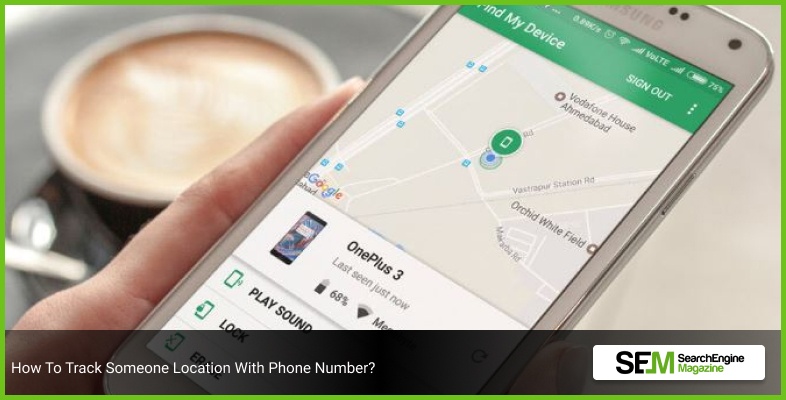How To Build An Efficient B2B Demand Generation Strategy In 2025?
Jul 07, 2025

Jul 07, 2025

Jul 07, 2025

Jul 04, 2025

Jul 03, 2025

Jul 01, 2025

Jun 30, 2025

Jun 30, 2025

Jun 30, 2025
Sorry, but nothing matched your search "". Please try again with some different keywords.


Have you ever wondered what the most successful companies in the world have in common? They all started with a single goal: to design an MVP.
When you build an MVP for an app, you can test the viability of your product and build functionality over time.
In the article how to develop a minimum viable product for your business TopFlightApps team covers the steps to be made, but before you go you must understand why it’s essential.
A Minimum Valuable Product is a product version that includes only the features that solve a core problem. Companies develop a minimum value product to test whether the product is viable or not. After they make an MVP app, they refine the product until it is ready to launch.
When you develop a product, you make assumptions about the users you want to target, their needs, the strategy to use, the architecture to deploy, and how to make it sustainable.
Those assumptions aren’t always correct and must be validated. By building an MVP, you can test whether your assumptions are correct without going to market. Businesses plan a minimum viable product to determine users’ pain points and collect their feedback to make improvements.
Once they’ve completed this test, they can add or remove features according to the feedback they’ve received.
Many start-ups rely on investors or other parties to buy into a product to secure funding. Your MVP can help you achieve buy-in and prove the business case if it tests well.
You can also use your MVP to show investors what the physical product may look like and how it will work, which is a powerful way of convincing them to give you the green light.
The MVP contains the core features of your product, not the total end product with all its different components. This allows companies to test the appetite for the solution and whether it resonates with their audience.
It’s much harder to change a product with full features, especially if it’s already gone to market, than a simple MVP. You can use the insights to refine your final product and get it right before putting it on the market.
Your MVP will allow you to measure the demand for the product. You will quickly determine whether your product actually meets the needs that customers have. You may even discover that the need doesn’t actually exist and that your customers are pleased with the status quo.
On the other hand, you could find an entirely new subset of potential customers that you didn’t know would be in the market for your product.
Once you know who the target audience is and what needs they have, you can create a compelling marketing strategy (and product).
App monetization is tricky. Your clients may or may not be willing to pay for features that you are offering or are perfectly happy using a free version of the app with fewer features. Testing an MVP will reveal price points and sensitivities that you can use to adjust your monetization strategy.
Is your app as user-friendly as you think it is? You’d be surprised how many customers find it challenging to discover valuable features or navigate apps that you feel are intuitive. Your MVP will reveal the UX issues you need to repair before launching your complete app.
If you want to launch a successful app, you have to design an MVP. Your MVP allows you to test your assumptions, find your target market, and polish your app until it’s ready to launch. In other words, your MVP equips you to launch an app with the highest probability for success.
Read Also:
Mashum Mollah is the feature writer of SEM and an SEO Analyst at iDream Agency. Over the last 3 years, He has successfully developed and implemented online marketing, SEO, and conversion campaigns for 50+ businesses of all sizes. He is the co-founder of SMM.
View all Posts
How To Build An Efficient B2B Demand Generati...
Jul 07, 2025
Lovo AI: Is This AI-Powered Voiced Generation...
Jul 07, 2025
How AI-Powered CRM Is Contributing To Smarter...
Jul 04, 2025
The Role of Pipedrive CRM in Streamlining Dat...
Jul 03, 2025
What Happens to Digital Assets During Probate...
Jul 01, 2025

